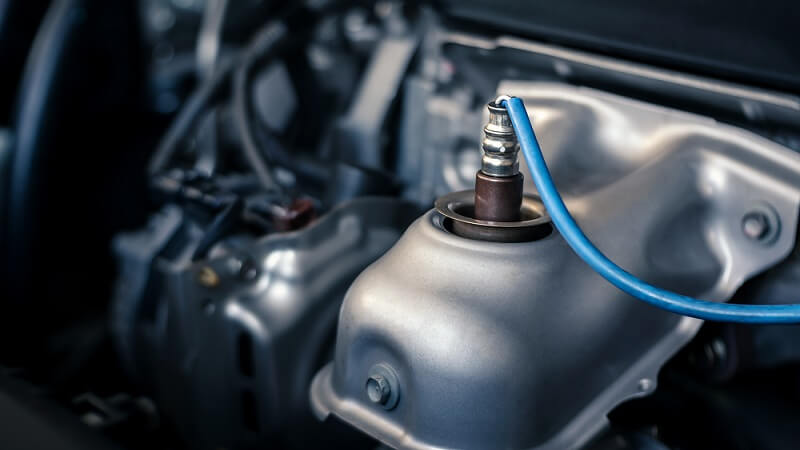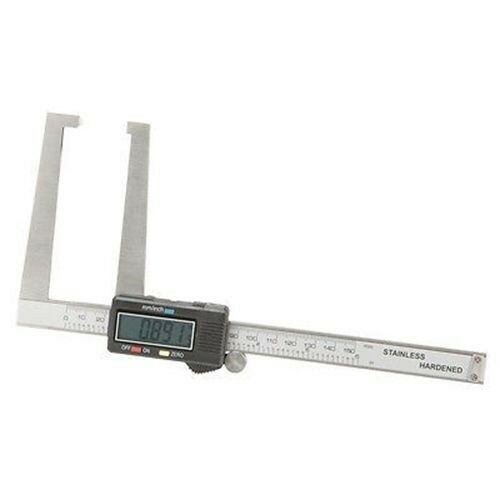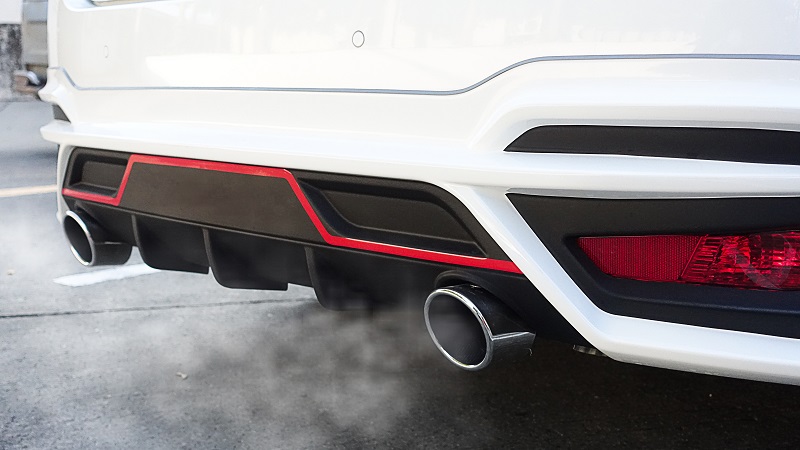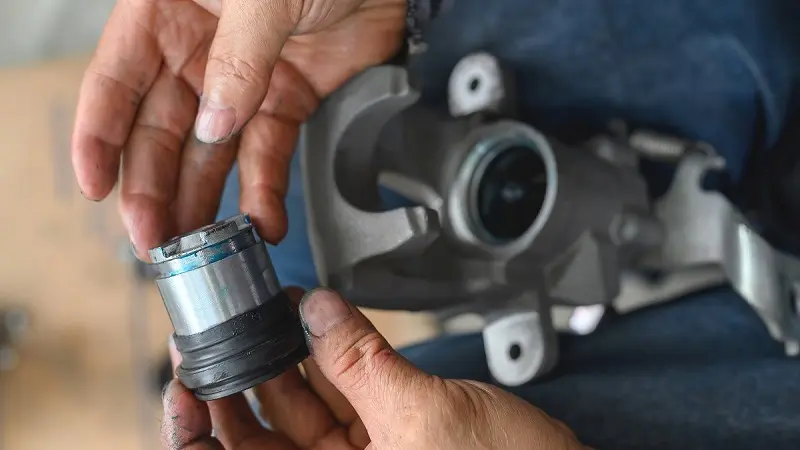A fuel pump assembly is responsible for pumping the fuel from its tank to the engine. If the pump wears out, the signs of its failure can be numerous, such as: an engine sputters when driving at high speeds, power loss when speeding up, an engine that won’t start, surging, and sudden power loss when your car is under strain. If you noticed all these symptoms of failure, then replace the fuel pump as soon as possible to protect other components of the engine from damage.
General Overview
As we already mentioned, the fuel pump is needed to pump the fuel from the gas tank to the vehicle’s engine. Most modern cars use a fuel pump located in the gas tank, while some older models have the fuel pump outside the tank. There are two types of fuel pumps: mechanical and electrical.
Mechanical fuel pump – most carbureted automobile engines use mechanical fuel pumps to transfer fuel from the fuel tank into the fuel bowls of the carburetor. Mechanical fuel pumps use a lever that rides on the camshaft to pump a rubber diaphragm inside the pump up and down. This creates suction that pulls fuel into the pump and then pushes it along. A pair of one-way valves inside the pump only allow the gas to move in one direction (toward the engine). Anyway, the mechanical fuel pump may produce a significant fuel flow, the carburetor takes only the amount of fuel necessary for normal engine operation.
Electrical fuel pump – in many modern cars the fuel pump is usually electric and located inside the fuel tank, and it has a solenoid switch as the primary catalyst, as opposed to the camshaft. The pump creates positive pressure in the fuel lines, pushing the gasoline to the engine. The higher gasoline pressure raises the boiling point. Placing the pump in the tank puts the component least likely to handle gasoline vapor well (the pump itself) farthest from the engine, submersed in cool liquid. Another benefit of placing the pump inside the tank is that it is less likely to start a fire. Though electrical components (such as a fuel pump) can spark and ignite fuel vapors, liquid fuel will not explode (see flammability limit), and therefore submerging the pump in the tank is one of the safest places to put it. In most cars, the fuel pump delivers a constant flow of gasoline to the engine; unused fuel is returned to the tank. This further reduces the chance of the fuel boiling, since it is never kept close to the hot engine for too long.
Fuel Pump assemblies, including complete fuel pump assembly kit
Over time, the fuel pump will fail. It all depends on how you drive, maintenance, its quality, and many other factors that will affect how long the fuel pump will last. If you want your car to run with the same performance as before, then you need to replace the old fuel pump with a new one at your local mechanic or if you want to save money, then with a DIY project, which is very popular today when it comes to a car repair.
There are several signs and symptoms which will help you to determine the fuel pump failure. Some of the defined set of performance glitches and other warning signals can inform you about the fuel pump failure.
When not enough fuel delivers to the engine, the car will start to stall and at the end, it will stop. If it happens, some people think that the problem is with the spark plugs, distributor cap or spark plug wires. It is understandable because a bad fuel pump has almost the same symptoms.
Let’s look at some common signs of a failed fuel pump:
- Fluctuating temperature. If the fuel pump isn’t working correctly, the car’s core temperature may go up and down. When the fuel pump motor fails, the temperature of the vehicle fluctuates. That’s why sometimes some people misdiagnose this problem as a radiator problem, low coolant level , and other related issues, not as a fuel pump issue.
- Bad gas mileage. The fuel pump relief valve controls how much fuel is delivered by the fuel pump. If this relief valve gets damaged, then a lot more fuel will flow to the engine then usual. And this extra fuel will start to show up in your mileage calculations. That’s why you should always check the gas mileage at regular maintenance.
- A sputtering sound coming from the engine.
- Loss of power at high speeds.
- A clicking sound from the fuel pump.
- No power upon acceleration.
- Power drain when turning, going up hills, coming out of red light, etc.
- Sudden and unexplained power surges.
- Hard to start the vehicle. Usually, the starter is the main problem when the car doesn’t want to start. But it can also be the reason that the wrong amount of fuel is delivered to the engine. The fuel pump more often fails during the winter, because the cold temperatures can affect an already weakened fuel delivery system.
There can be many other reasons why the fuel pump fails. The fuel pump’s design, function and unique relation to other components (like the fuel tank) are also important. There are some signs indicating a fuel tank can failure:
- Driving conditions. If your fuel tank is subject to excessive moisture (in the form of rain, snow, sleet, etc.), the tank’s structural integrity can impact the fuel pump. A rusted fuel tank can be one of the main reasons for the fuel pumps fail.
- Chronic low fuel level. It is also one of the main reasons of the fuel pump failure.
- Bad electrical connections. The newest car models use an electric fuel pump. A corroded connection, kinked wire or other issues can cause the fuel pump to deliver fuel from the tank to the engine very slowly, or not at all.
- Dirty fuel. It is hard to determine that the fuel is bad. But many auto experts target the occasional bad batch of fuel as a reason that fuel pumps stop running.
Replacement and Repair
If you are experiencing a fuel pump failure, then you can replace it by yourself. To replace the fuel pump is very easy, but can be a little bit complicated to remove the fuel tank before reaching the fuel pump. Here is a helpful guide for you on how to replace the fuel pump.
If you have the time and experience already, then you can replace the fuel pump by yourself. You will just need 2 hours for it. But first of all, make sure that the replacement fuel pump meets all the original factory performance specifications.






